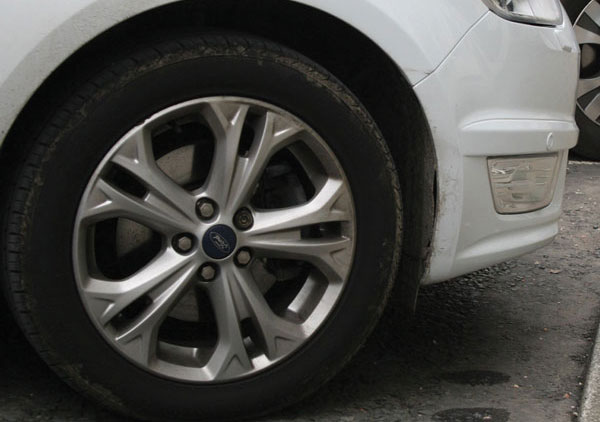Tyres as fuel
The recycling of used vehicle tyres as fuel has become commonplace in many areas, including the cement industry. What are the implications of using this particular alternative fuel for the chemistry and quality of the resulting clinker?

How does the use of waste tyres as alternative fuel affect the chemistry and quality of the resulting clinker?
Modern vehicle tyres contain mostly synthetic rubber (60-70 per cent of total rubber content) but also some natural rubber (C5H8). Synthetic rubber is produced from petroleum-derived hydrocarbons. Natural rubber, a plant-based product, is subjected to a process known as vulcanisation to make it better suited to industrial applications. This addition of sulphur to the rubber preserves the thermoelastic properties of the raw product and extends them to a greater range of temperatures.

